It often happens that after lifting a heavy object, a piercing pain in the back is immediately felt – the result of damage to the spine or paravertebral structures. Why did it happen so? Have you exceeded the limit of your carrying capacity? Not necessarily. It is possible that you simply lifted the load incorrectly. Therefore, estet-portal.com decided to tell you how to lift weights in order to avoid injuries and back pain.
There are three most common types of injury that can result from unsafe lifting practices.
Types of back injuries due to improper lifting of weights
Muscle injuries – overexertion of the lower back muscles can lead to small tears or muscle strains. This back injury is very painful and limits the mobility of the injured and surrounding area. When the back muscles are stretched, even breathing can cause pain. A sprained back can be treated, but it can take weeks to months.
Disk corruption – intervertebral discs act as ball bearings and cushions between the vertebrae of the spine. Discs are made up of fibrous rings that can bulge, pop open, or even burst if damaged. A disc injury in the lower back can cause pain that radiates to the buttocks and/or leg.
Joint damage – The joints serve as the connection point for the bones in the back. Under normal conditions, these joints are able to withstand the stress of lifting weights. However, improper lifting technique of not only heavy, but also relatively light objects, can lead to blockage of such joints. Therefore, it is very important to know how to lift weights so as not to injure your back.
Heavy lifting techniques that prevent back injuries
- Chest forward
The legs should be bent, not the lower back. Many people think that having your knees bent will allow you to lift weights safely, but this is not enough. The most important thing is to bend your legs at the hips and push your chest forward. The back must be straight. This will ensure the most effective use of the back muscles and correct posture.
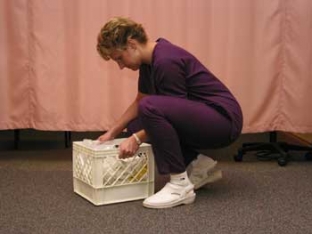
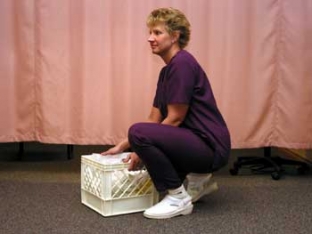
Wrong Correct
- Move your hips forward
Twisting is dangerous and can lead to injury and back pain. To avoid this, the shoulders should be in line with the hips. To change direction, move your hips first and turn your shoulders to follow your hips.
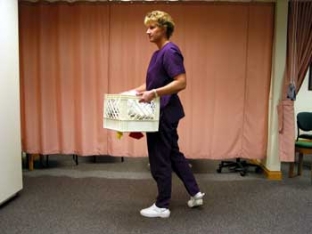
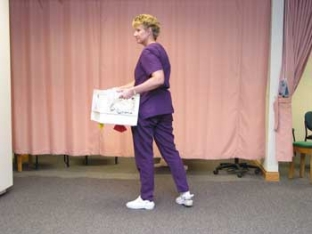
Hips in front Shoulders in line with hips
- Keep the weight close to your body
The farther the load is from the center of gravity, the more force is required to lift the object. Try holding a bottle of water close to your chest and at arm's length. This load is placed on the lower back, so injury and back pain are less likely to occur when the load is as close to the body as possible.
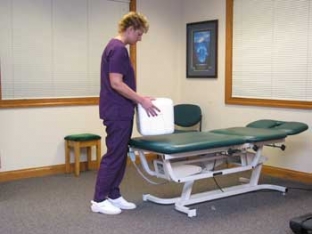
How to lift weights if they are too wide? Better ask someone else for help. Large objects increase the load and can lead to back pain.
- Golfer Lift
This lifting technique is very useful when lifting a basket or small objects from the floor, such as a golf ball.
Don't bend your knees. One leg can be torn off the floor – it acts as a counterbalance. The opposite hip flexes and the body becomes almost parallel to the floor, except for the leg, which bears the person's weight. Hold on to a fixed support with one hand and reach for the object with the other.
Bent-knee lifting
This approach is useful for lifting weights off the floor. In this case, a person can crouch over the object and first lift it up to a bent knee. Now you can align your back leg to push forward or your front leg to push back, depending on where you want to take the object. The chest may be tilted forward, but the back must remain straight.
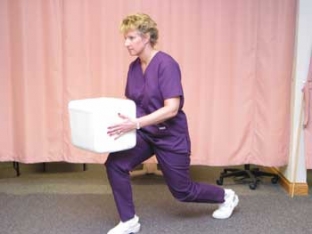
Remember that back health depends on many factors, including whether you know how to lift weights correctly. In addition, proper nutrition and care of the spine.
will help to avoid back pain.Keep your back straight with estet-portal.com!






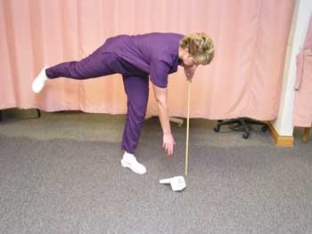
Add a comment